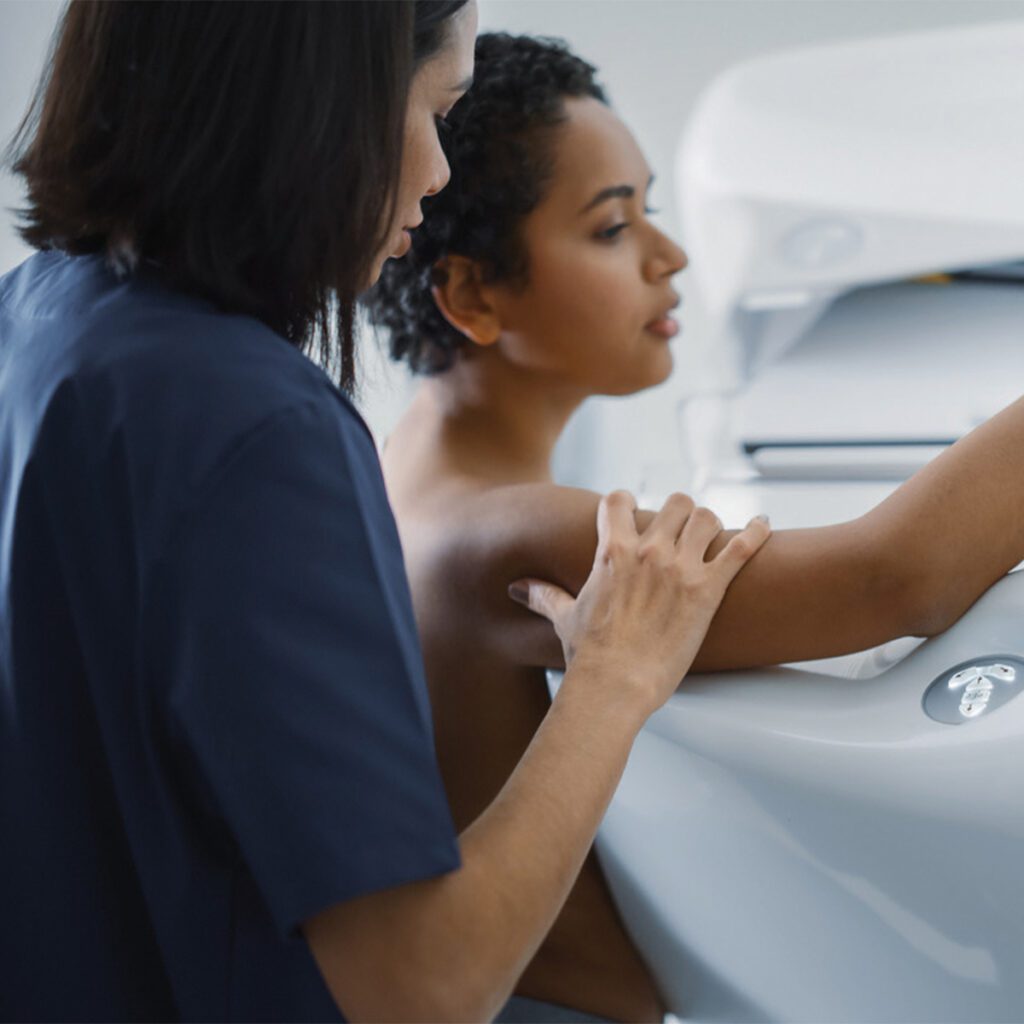Annual Advancements in Medicine Section
From minimally invasive surgical technologies to innovative appproaches to rehabiliation and beyond, new research in the medical field is optimizing care for patients and doctors alike. Read on to discover the latest in revolutionary treatment options.
Routine screening mammograms can help women catch signs of early breast cancer and begin treatment as soon as possible.
Understanding Mammography
Breast cancer is one of the most common cancers in women, accounting for 30% of all new female cancers each year in the United States. However, when caught early, it is also one of the most treatable, thanks to mammography. This diagnostic technique uses x-rays to produce images of the breast, and recent advancements have made screening more accurate than ever.
New Solutions
Mammography technology has advanced significantly since it became common practice in the mid-20th century. Today, tomosynthesis mammography offers digital x-rays that create three-dimensional pictures of the breasts. These detailed images have improved the detection abilities of mammography, leading to faster and more accurate diagnoses.
What to Expect

During a mammogram, a specially designed x-ray machine will apply gentle compression to the breast to obtain a clear picture of the breast tissue. Images of both breasts will be captured from two angles, top to bottom and side to side. Afterwards, your radiologist, a doctor trained to read mammograms, will evaluate the images for signs of cancer or other problems.
Benefits to Patients
Mammograms are crucial to catching early breast cancer. The American College of Radiology, Society of Breast Surgeons, National Comprehensive Cancer Network, and U.S. Preventative Services Task Force recommend all women to start receiving preventative screening mammograms beginning at age 40 to ensure early signs of cancer are caught as soon as possible so treatment can begin.


